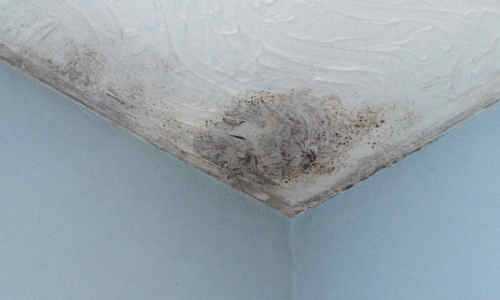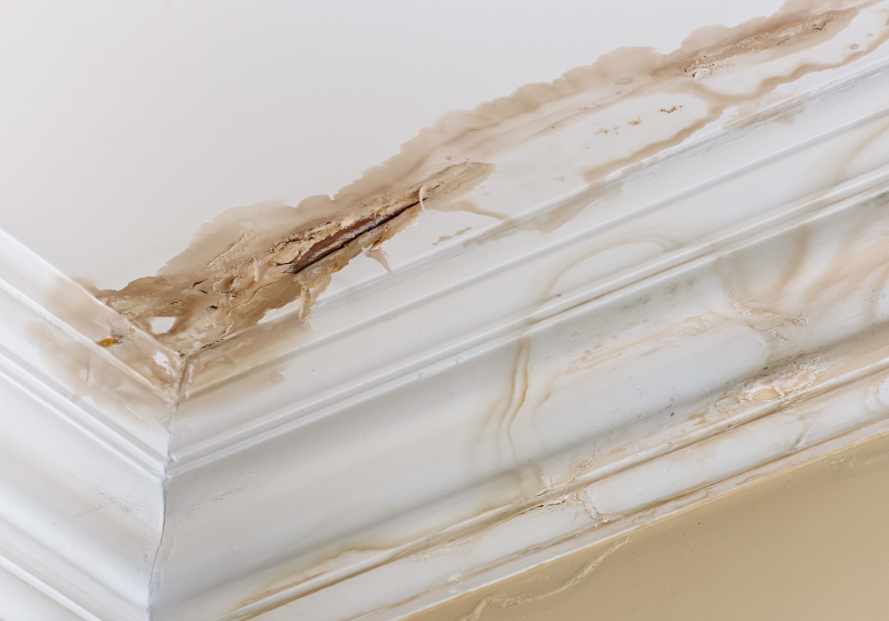| |
How To Get Rid Of Damp Patches On Ceilings
Mustard flour has anti fungal and disinfectant properties that help eliminate fungi that stain walls and ceilings.
How to get rid of damp patches on ceilings. If the water is coming through the roof then you must repair the roof before cleaning the mold. If the grout and sealant is in good condition begin with a mould removing treatment. Clean the stain.
If you have damp patches bubbling paint crumbling plaster or powdery deposits on wall surfaces close to the. Your first priority when dealing with a water stain should be to find the source of the leak or in. Rising damp is usually found in older homes where damp proof courses aren t automatically built into the construction and new windows double glazed for example and non porous paint and other renovations have made it hard for moisture to escape.
Oftentimes bathroom and kitchen ceilings will develop mold because there is inadequate ventilation. As well as your eyes your sense of smell will also detect and damp or mould problem. Mouldy grout and sealant in the bathroom or around sinks.
You can add fans or extractors to the room to allow moist air to escape 1. If you do not repair the roof the mold will simply return step 2 ensure proper ventilation and air circulation. The buildup of ghost marks can be caused by any combination of moisture cold spots static electricity air currents and a supply of dust soot and other particulates that can drift with the air.
Damp down low rising damp. Penetrating damp usually occurs through a leaky roof damaged rendering or blocked guttering and downpipes. Install a damp proof course.
Put a generous amount of mustard flour in a bowl and leave it near the areas where mildew is found. Once dry touch up with the same paint used elsewhere on the wall or ceiling. Similarly to salt its presence in damp rooms helps deal with this problem.
Source : pinterest.com



